Use this comprehensive steak doneness guide to help you determine when to pull those steaks off the grill. This guide also features steak prep, optimal cooking temps, wood selection, and more!
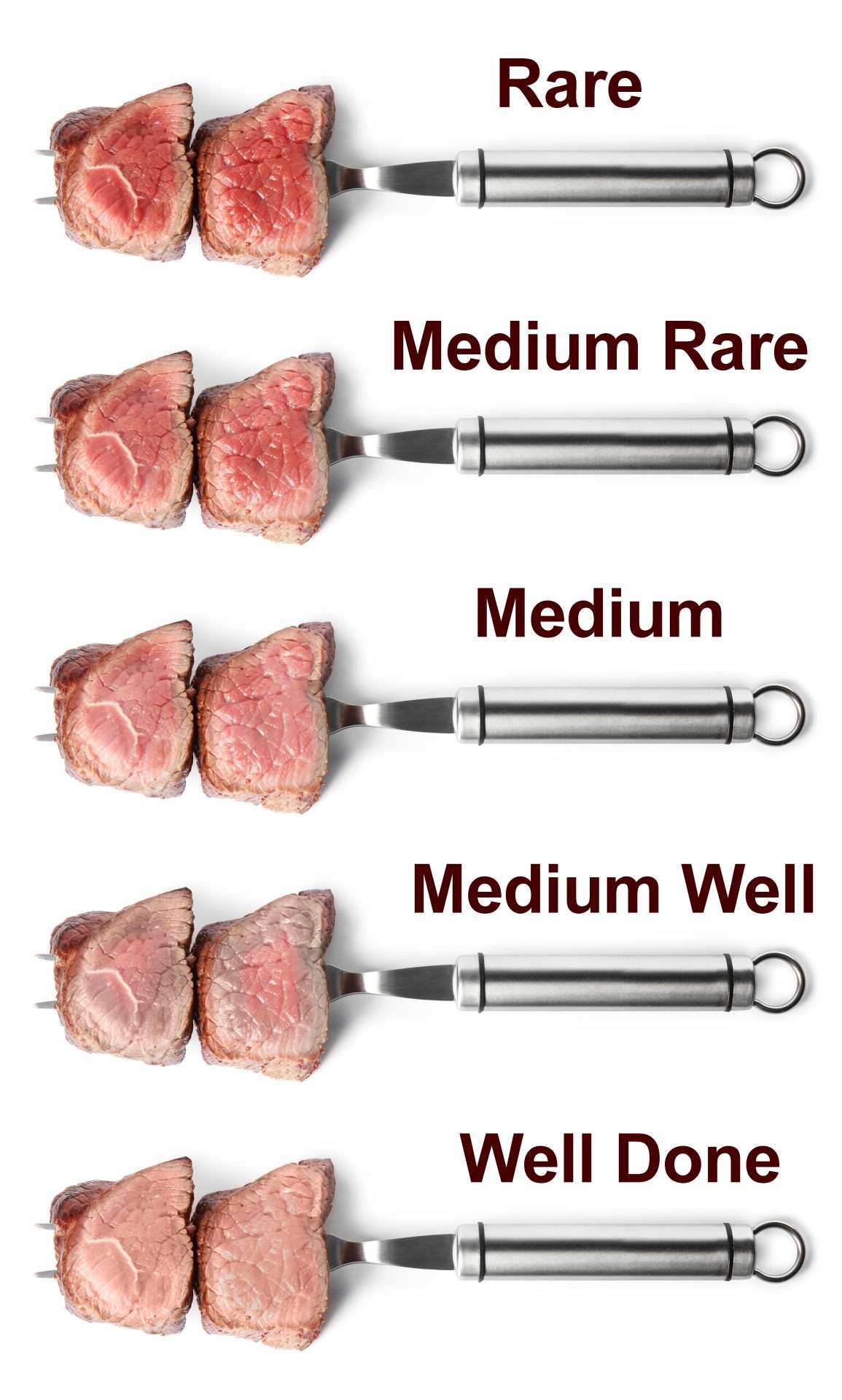
Few things beat a perfectly cooked steak. Now, you can master the art of steak perfection right in your backyard or kitchen. Whether using a grill or a cast-iron skillet, this comprehensive steak doneness guide will help you cook a truly phenomenal steak. Before starting, you might already know your preferred steak doneness. But if you don’t, that’s okay! This guide will help you achieve steak perfection. However, it’s important to remember that this is a learning process. It might take a few trials and errors before you can consistently achieve the proper steak doneness.
What is the best temperature for cooking steak?
Consider the following when determining the ideal cooking temperature for steak:
- 1.5 inches thick or more: use low heat with a target temperature of 300°F.
- .5 and 1.25 inches: cook at 325-350°F.
- .5 inches or less: cook at 375-400°F.
What is the optimal doneness?
A well-crafted steak is defined by its crusty, caramelized surface and a warm, cooked-through middle that reaches your desired level of doneness. For most people, the gold standard is medium rare, which corresponds to an internal steak temperature between 130-135 degrees F. Here is where you can use our comprehensive steak doneness guide to help you achieve the perfect medium-rare steak!
How do you thaw a steak?
Thaw frozen steaks for 12-24 hours in your refrigerator. Do not, I repeat, do not thaw your steaks in the microwave. Once thawed, season, and let them stand at room temperature for 20-30 minutes before cooking.
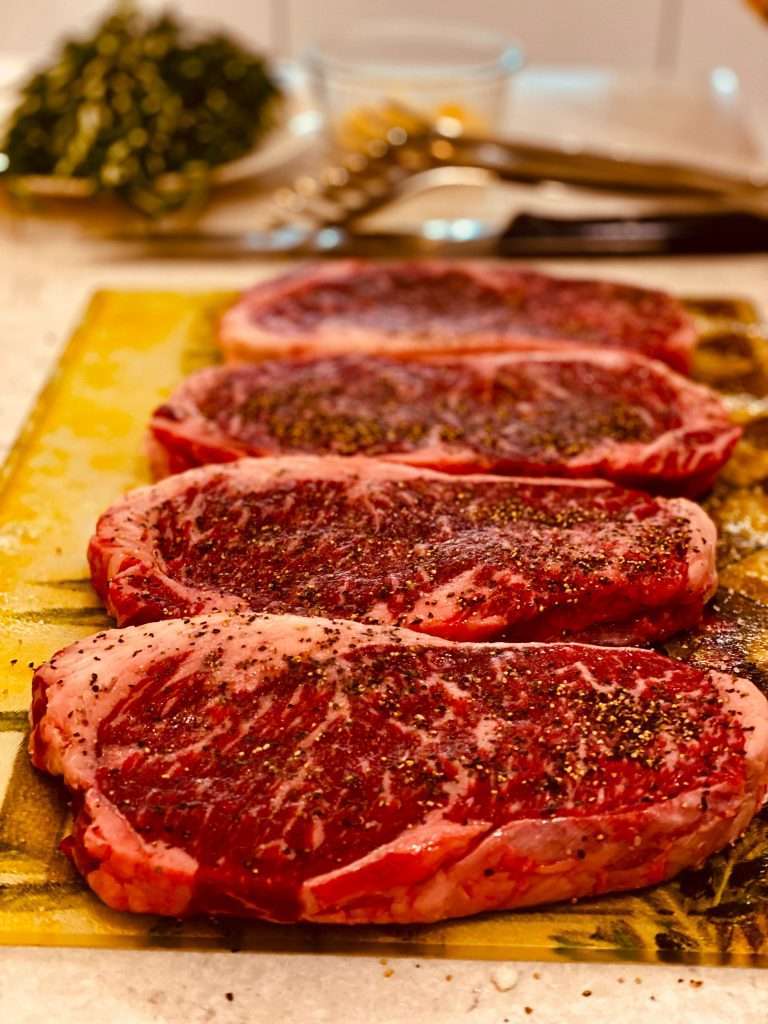
How do you season it?
When seasoning steaks with good marbling, such as ribeye, tomahawks, and NY strips, use one teaspoon of salt per pound of meat. A salt and black pepper rub will work wonders, but you can also add savory items like onion or garlic powder. Make sure to apply the seasonings on both sides of the steak, including the edges. If you plan to reverse sear your steak, the seasonings will form a deep brown, flavorful crust. For flat steaks like skirt, flank, and flat-iron, we recommend using a marinade.
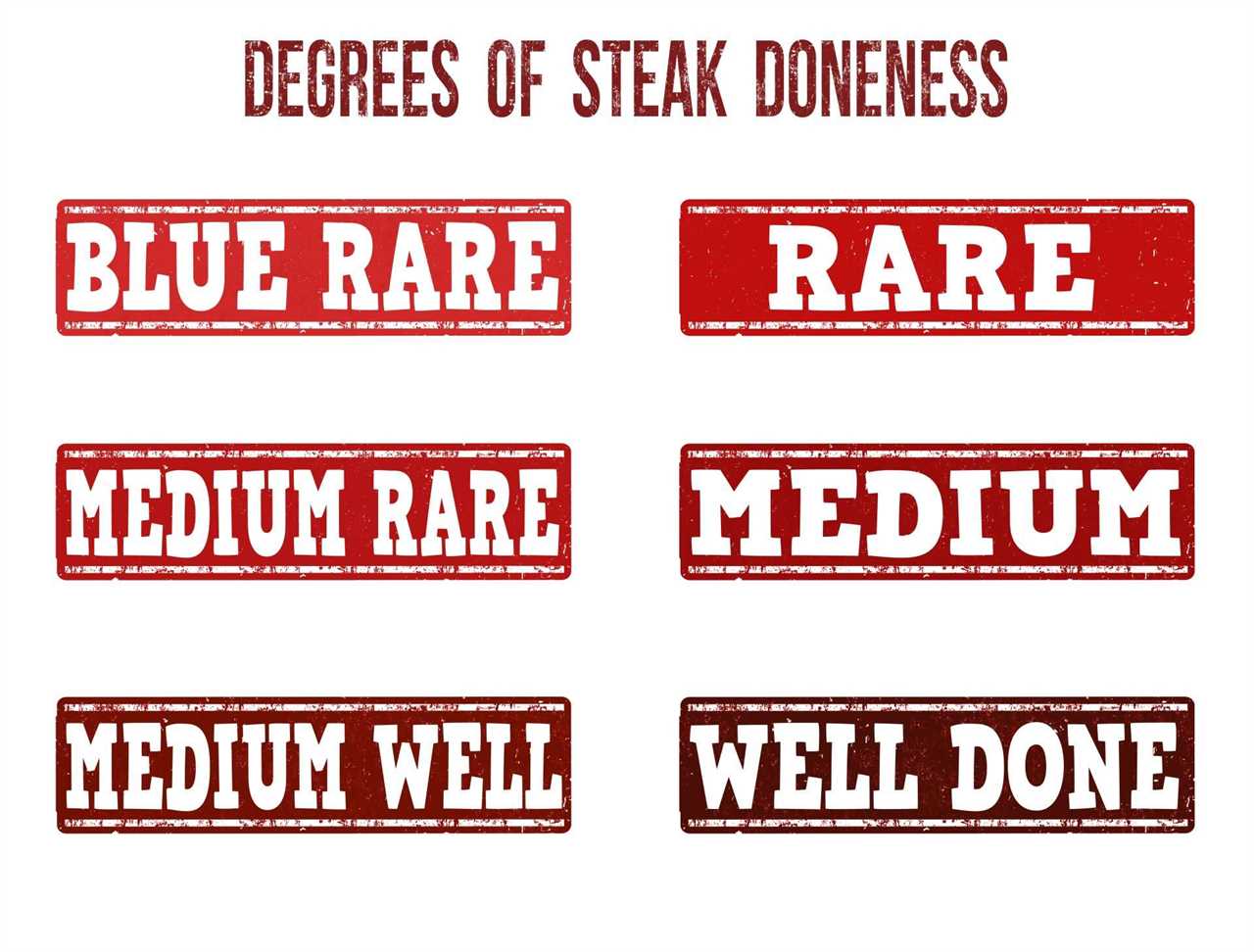
DONENESS
- Blue Rare Steak: Not pictured above, this is the rarest steak you can eat with the lowest of all internal temps. These steaks only reach 84 degrees F. There are precautions that must be taken before consuming a blue steak. First, you’ll need the surface properly, but be warned that the meat inside will be slightly cold. If you’d like to try this technique, we recommend reading our informative guide.
- Rare Steak: An internal temperature of 120 degrees F. or 50 C. The center should be bright red and cool (or just barely warm), and springy when touched. The texture is either super tender or chewy depending on the cut of meat.
- Medium-Rare Steak: An internal temperature of 130 degrees F. or 55 C. The middle of the steak is bright red and warm, though not quite as springy as a rare steak. Medium-rare is considered the gold standard for steak doneness.
- Medium Steak: An ideal medium steak temp has an internal reading of 140 degrees F. or 60 C. The center appears bright pink and feels firm to the touch.
- Medium-Well Steak: Look for an internal temperature of 150 degrees F. or 65 C. The center should be mostly brown with a light pink color in the center.
- Well Done Steak: Anything over 160 degrees F. or 70 degrees C. The center is brown, and the steak is very firm with a dry texture.
Recommended doneness per type
Now that you are more familiar with this comprehensive steak doneness guide, the next step is determining what temperature works best for different cuts of steaks.

Filet Mignon
Most filets are 1″-1 1/2″ thick and have a wonderfully tender texture and beefy flavor. Since this cut is so lean, it’s best to cook them to an internal temperature of 135-140 degrees F, or medium-rare to medium doneness. That means grilling the Filet Mignon for 7-9 minutes per side. Try our recipe for Sous Vide Filet Mignon.

New York Strip
If you’re craving a steak with robust beefy flavor, then this cut is for you. Most New York Strips are around 1″ thick and best cooked to 145 degrees F, or medium doneness. These steaks can be cooked hot and fast at 5-7 minutes per side, or slow roasted at low temps. Try our recipe for Pellet Grill New York Strip.
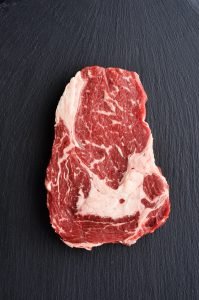
Ribeye Steaks
These steaks are well-marbled and deliciously beefy. The recommended doneness temp for ribeye is between 130-140 degrees F or medium-rare to medium doneness. Grill these steaks for about 6-7 minutes per side, depending on thickness. Try our recipe for Delmonico Steak.
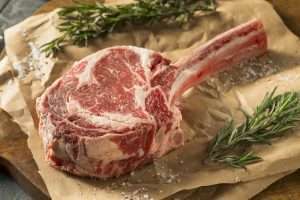
Tomahawk Steak
These steaks are impressive! Tomahawks are quite similar in flavor to ribeye steak but are thicker and larger. Cook these steaks over indirect heat for 12-14 minutes per side, then reverse sear them over direct heat at the end. Recommended steak doneness is an internal temperature of 135-145 or medium-rare to medium. Try our recipe for Garlic-Butter Tomahawk Steaks.

T-Bone and Porterhouse
T-Bone and Porterhouse steaks are a favorites among traditionalists. They are great for those who love all that beefy goodness these two large steaks have to offer. Amazingly enough, they can be cooked to any temperature, but anywhere between 130-145 degrees F, or medium-rare to medium is recommended. Try our recipe for Quick n’ Easy T-Bone Steaks.
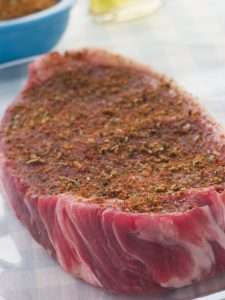
Top Sirloin Steak
This steak has a robust flavor and is best cooked hot and fast. Depending on thickness, 5-7 minutes per side over medium-high heat will do the trick. Aim for an internal temperature between 140-145 degrees F or medium doneness. Try our recipe for Grilled Sirloin Flap Steak.
What is the best equipment for cooking steaks?
- Grill: You can make a delicious steak on a charcoal, gas, or pellet grill. For more information, please read our recommendation for the best steak cooking equipment.
- Cast-iron pan: If the secret to high-temperature cooking is heat and mass, then a good cast-iron skillet will do the job. A preferred method is cooking a steak in a cast-iron skillet. The trick is to get the cast iron raging hot. Heat it in your pellet grill, over a gas burner, or set it directly into burning charcoal. Always use heat-resistant gloves when dealing with high-temperature cooking.
- Thermometer: The most important piece of equipment for steak cooking is an instant-read thermometer. This useful tool will help you remove your steak at your desired temperature.
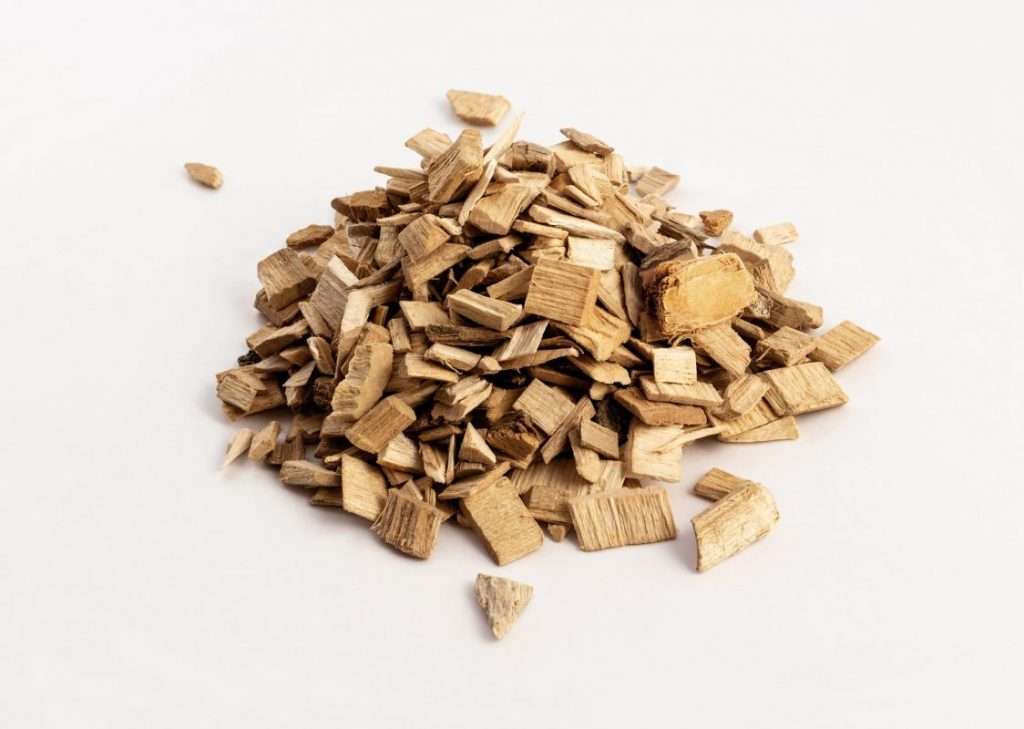
What is the best wood for steaks?
If you’d like to add smoke flavor to your steaks, we recommend using oak, cherry, pecan, hickory, apple, or peach wood chunks, chips, or pellets.
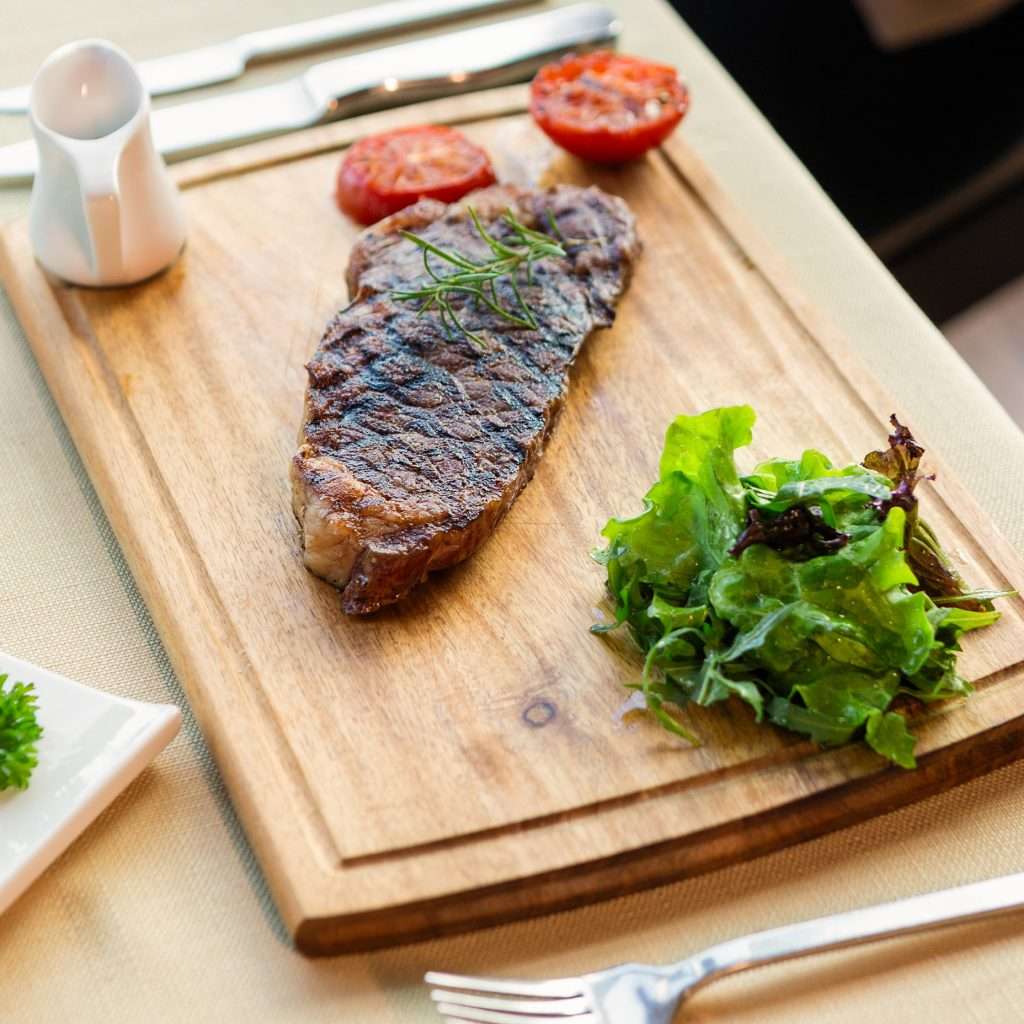
Should you rest a steak?
Short answer, yes and no. Long answer. Some steak need roughly 10 minutes to relax and reabsorb juices. However, this can be a matter of personal choice, depending on how cooked you like your steak. The more done the steak, the longer the rest time. If you are eating blue steak or rare steak, it doesn’t need much or any rest time.
Now that you are well acquainted with this comprehensive steak doneness guide, it’s time to get cooking. So, fire up your grill, grab a steak, and let’s aim for perfection!
The post Comprehensive Steak Doneness Guide appeared first on BBQ & Grilling with Derrick Riches.
Did you miss our previous article...
https://manstuffnews.com/backyard-grilling/big-green-egg-grilled-asian-pork-tenderloin
 Backyard GrillingWeekend WarriorsAdvice from DadBeard GroomingTV Shows for Guys4x4 Off-Road CarsMens FashionSports NewsAncient Archeology World NewsPrivacy PolicyTerms And Conditions
Backyard GrillingWeekend WarriorsAdvice from DadBeard GroomingTV Shows for Guys4x4 Off-Road CarsMens FashionSports NewsAncient Archeology World NewsPrivacy PolicyTerms And Conditions
